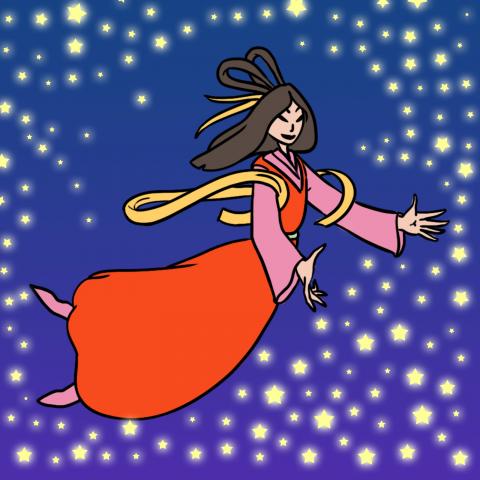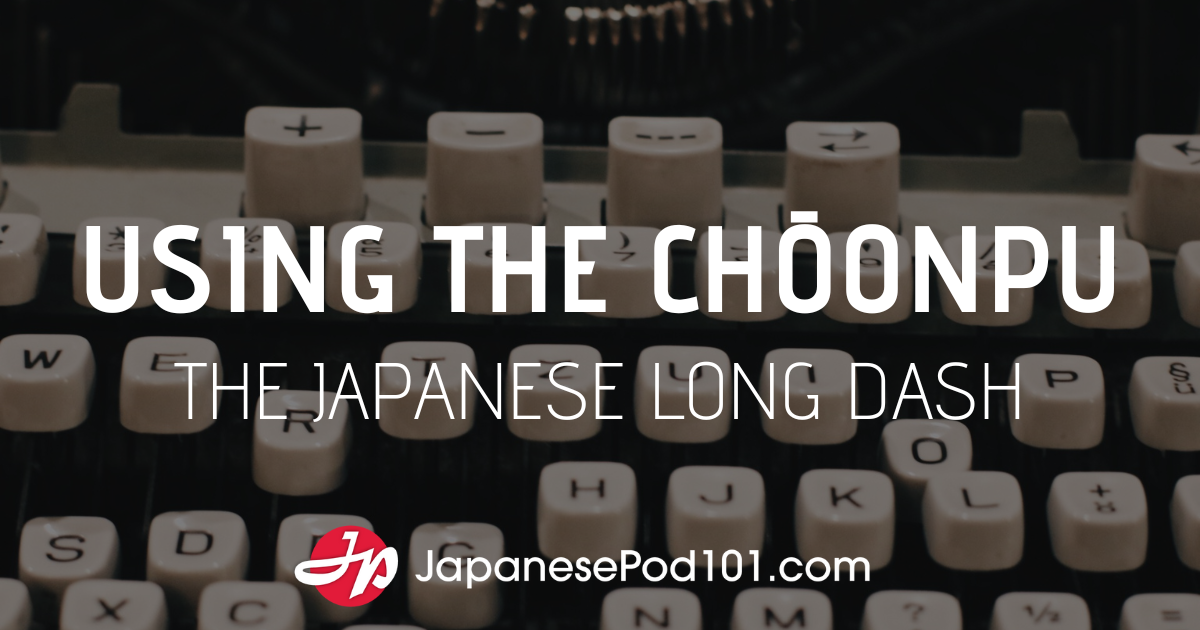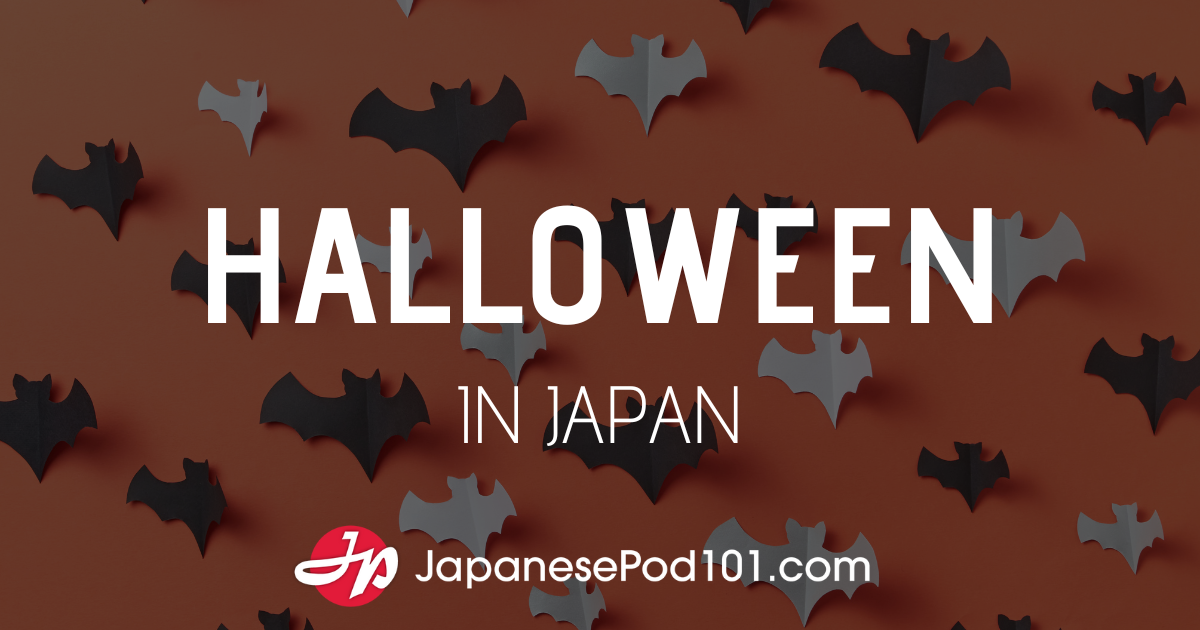Do you know why the Japanese focus on the Altair and Vega stars one night a year? This has to do with the Tanabata story, which tells about the love between a cow-herder and a weaver (we’ll give you the full story later in this article!).
During the Star Festival, Japan sets its eyes to the night sky and the Milky Way, hoping that the two constellations, which represent the cow-herder and weaver, will meet.
The Star Festival Japan celebrates offers a fun and unique glance at Japanese culture and thought. Learning about the Tanabata Festival is a wonderful way to improve your language skills, too, as knowing a country’s culture is key to mastering its language!
At JapanesePod101.com, we want to make this learning journey both fun and informative for you!
1. What is the Japanese Star Festival?
According to the legend, this is the one day a year that 織姫 (Orihime), meaning “the weaving princess,” and 彦星 (Hikoboshi), meaning “the cow herder,” can spend together. On this night, the Japanese people are more concerned about the weather than on any other night, as the weather dictates whether or not the two can see each other.
2. When is the Tanabata Festival?
The Star Festival, or 七夕 (Tanabata), means “the evening of the seventh,” and is celebrated on July 7th each year. This day has been celebrated in Japan since the Edo Period (1603 – 1867), and because of differences between the Lunar and Gregorian calendars, Tanabata festivals are actually held on both July 7th and August 7th.
3. How is Tanabata Celebrated?
China, Vietnam, and Korea have their own versions of the Star Festival, but in Japan, people write wishes on strips of paper and hang them up on bamboo leaves along with decorations shaped like stars and such. Among the wishes written by the children at preschools and elementary schools, there are sometimes those that say, in shaky, just-learned letters, “I wish that Orihime and Hikoboshi can meet each other.” Isn’t that cute?
The most famous festival is held in Sendai from the fifth to the eight of August. Near Tokyo, in Hiratsuka, Kanagawa, the largest festival in the Kanto area is held for a few days around July 7th.
At these festivals, people gather on the main street where there are decorations, food stalls, and sometimes entertainment, including music and dancing. The common traditional food of Tanabata includes たこ焼き (takoyaki), 焼きそば (yakisoba), and cold beer.
There is also a well-known song that is sung during Tanabata, 笹の葉・ささのは・sasa no ha, which means “bamboo leaves.”
4. The Tanabata Story
So, what is the Japanese Star Festival story? Well…
A long time ago, Orihime, the daughter of the King of Heaven, and Hikoboshi, a cattle herd, fell in love. Orihime’s work was to weave at the loom, while Hikoboshi’s job was to take care of the cattle. Both were extremely hard-working, so the King of Heaven gave them permission to be married.
However, both Orihime and Hikoboshi enjoyed married life so much that as soon as they were married, they stopped working. Angered, the King of Heaven put the Milky Way between Orihime and Hikoboshi, separating them. But, feeling some pity for the two, the King of Heaven permitted them to meet just once a year, at the Star Festival.
The Milky Way has no bridge, but when the Star Festival comes around, birds called European magpies suddenly come flying out of nowhere, and build a bridge for the two of them…
And this is the story of the Star Festival.
So why do people care about the weather on the night of the Star Festival, you ask? Because if it rains, the volume of water in the Milky Way rises, so the European magpies can’t build a bridge, meaning that Orihime and Hikoboshi can’t meet each other.
5. Vocab You Need to Know for the Star Festival
Here’s some vocabulary you should know for the Japanese Star Festival!
- アルタイル (アルタイル) — Altair
- ベガ (ベガ) — Vega
- 天の川 (あまのがわ) — Milky Way
- 七夕 (たなばた) — Star Festival
- 浴衣 (ゆかた) — Yukata
- 装飾 (そうしょく) — Decoration
- 織姫 (おりひめ) — Orihime
- 願い事 (ねがいごと) — Wish
- 短冊 (たんざく) — Small piece of paper
- 7月7日 (しちがつ なのか) — July 7th
- 彦星 (ひこぼし) — Hikoboshi
- 笹 (ささ) — Bamboo leaf
- 笹飾り (ささかざり) — Bamboo decoration
To hear each vocabulary word pronounced, check out our Japanese Star Festival vocabulary list!
Conclusion
What do you think about the Japanese Star Festival and its story? Did you learn anything new today? Let us know in the comments; we always love to hear from you!
To continue learning about Japanese culture and the language, visit us at JapanesePod101.com! We provide fun and practical learning tools for every learner, including free Japanese vocabulary lists and more insightful blog posts like this one! You can also take advantage of our online community forums to chat with fellow students or ask for help! By upgrading to a Premium Plus account, you can start relishing in the benefits of our MyTeacher program, which allows you to learn Japanese one-on-one with your own teacher!
Continue studying and practicing, and you’ll be speaking, reading, and writing Japanese like a native before you know it. And JapanesePod101 will be here with you on each step of this journey!













